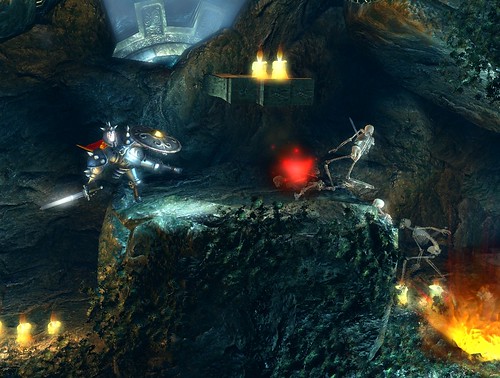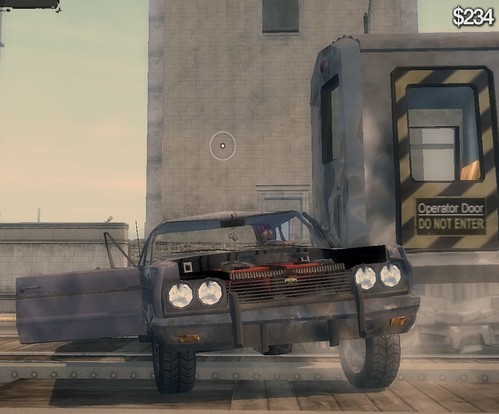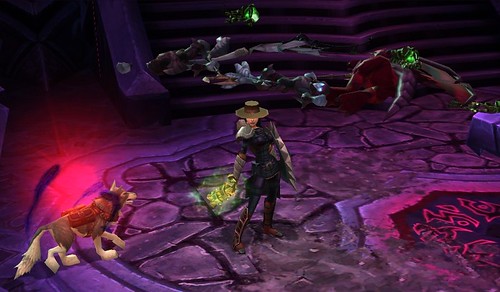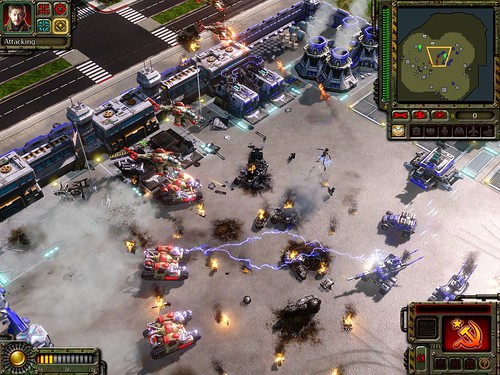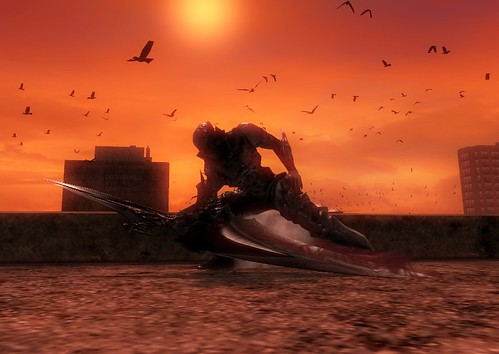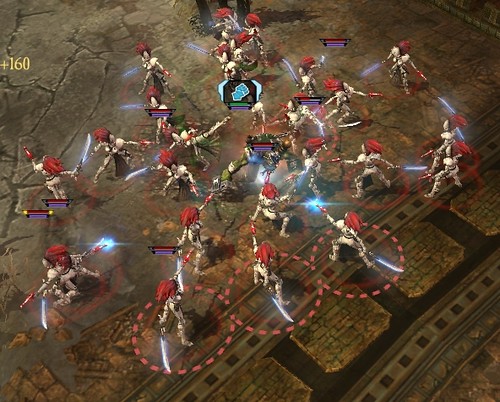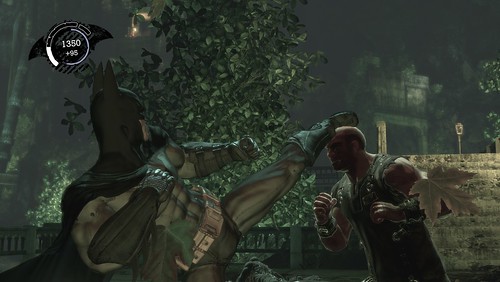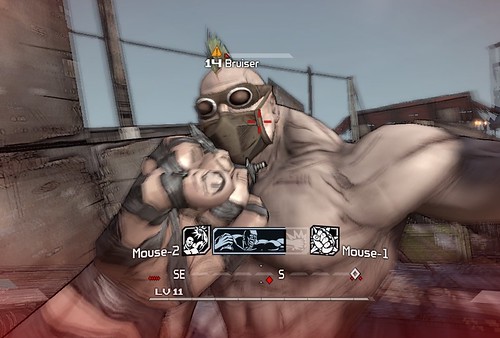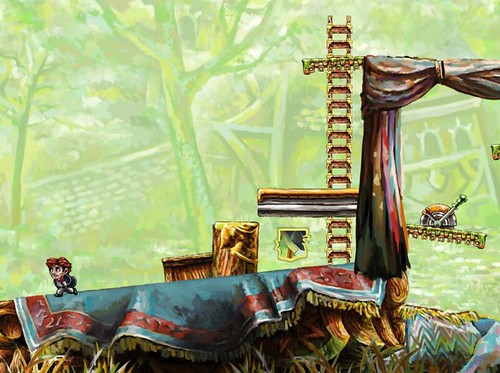TOM FRANCIS
REGRETS THIS ALREADY
Hello! I'm Tom. I'm a game designer, writer, and programmer on Gunpoint, Heat Signature, and Tactical Breach Wizards. Here's some more info on all the games I've worked on, here are the videos I make on YouTube, and here are two short stories I wrote for the Machine of Death collections.
Theme
By me. Uses Adaptive Images by Matt Wilcox.
Search
My Favourite Games Of 09
Three-player co-operative fantasy physics platformer.
Provided you have two friends and two gamepads, there’s not much funnier than trying to blunder through these fairytale trapfests without switching characters. The Wizard has to conjour boxes to drop on enemy’s heads, the Warrior has to get his friends to stand on crates as he tosses them over gorges, and the Thief swings elegantly overhead, raining arrows down whether it’s helpful or not.
Lighter-hearted Grand Theft Auto clone.
“I threw pimps into lamp posts, I threw pimps into the sea.” Was the heading of an actual article I got to write in PC Gamer this year, thanks to this game.
Budget-priced streamlined Diablo-style action RPG.
It ended up being called the Draining Epic Boar Cannon of Venom: the result of a great four-barreled pistol, socketed with a great life-stealing skull, and then run through the Shitty Wizard‘s random enchantment service a few dozen times. The genius is not just that you can soup up your best found weapon to make it even more spectacular, but that most offensive skills – like my wonderful Explosive Shot – multiply that weapon’s damage rather than adding a paltry fixed amount.
Old-school real-time strategy.
The most basic tank can turn into a lamp post. If you put a dog in a jeep, the jeep’s gun turns into a megaphone to amplify his bark. I got through one mission by making Sean Connery dress as a bear. In another, my men were audibly dismayed that the lasers incinerating them had come from Abraham Lincoln’s eyes. This is really all I need.
Free-roaming action massacre.
You know that move in faux-wrestling where they climb the ropes to jump elbow-first onto tubby bare-chested man? In Prototype, I ran up a skyscraper, whipfisted onto a helicopter and flew to cloud level to get enough height for an elbow drop. On a tank.
Small-scale strategy.
This wouldn’t be in the list at all but for the Last Stand mode the last patch added. Three players have one unit each, against twenty ridiculous armies. You fail, but each try earns XP, and XP earns new wargear. Even once you have something you like in every slot, the excitement of earning new stuff never wears off because each bit suggests inventive new loadouts to tinker with. In that, it’s one of the most intelligently designed RPGs I’ve ever played, and a needed reminder that Relic are as clever and full of surprises as ever.
Punching.
I really can’t stand the Joker in this, which made me think there was no way I’d end up loving it. As it turns out, the game’s not really about him. The swift and gratifying fisticuffs are more often broken up by the game’s real villain, Scarecrow. His insidious and persistent influence is handled with invention and artistry that lifts Arkham beyond being merely The Only Good Fighting Game.
First-person shooter RPG.
The point of randomising weapon stats, which Borderlands was keen to do in an FPS, is the thrill of finding something that seems too good to be true. I found an electric revolver with a preposterous punch, an explosive sniper that obliterated enemy faces, and a shield so strong it turned my slender ghost lady into a thundering tank.
Time-travelling platformer.
I get irritated with time travel movies, Primer excepted. No! He wouldn’t fade from the photo, idiots! He’d either never have been there or he’d remain! Won’t anybody formulate a coherent logical framework for this kind of light-hearted entertainment?
The great thing about time-travel games is, they have to. The player gets to choose what happens, so the developer has to be able to answer every awkward question he could possibly ask – and even design puzzles that demand your players to understand time travel better than most film-makers seem to. Braid does that, and goes so far beyond; to fringes of twisted thinking and backflips of magical logic I’d never considered.
And yet, so long as you don’t force yourself to solve every puzzle first time, it’s surprisingly doable. It invites incredible thoughts, rather than trains them like Portal. For some, that’s why Portal’s better. For me, that’s why it’s worse.
First-person free-running platformer.
Plenty of more solid games here. Plenty of smarter ones. Plenty of braver, stranger, more surprising experiences. But if I could only save one from the fire, it’d be Mirror’s Edge. Its eye-tinglingly vivid city is one of my favourite imaginary places, and it’s uniquely good at making you feel like you’re there.
I play a lot of first-person games, but in the rest I’m a hovering disembodied gun turret, which really doesn’t have much to do with the experience of being a real person anywhere. The soundscape of Mirror’s Edge is your footsteps and your breath, and your scampering, scrambling gait is the most excitingly tactile way to interface with a virtual world I’ve played. It says something when you can start the trailer for your game with a minute of someone playing your game, on an ordinary level, without fighting anyone, set to the game’s music.
I’ve never really played anything like this, but more to the point, I wish I had. I wish shooters felt like this, I wish we had art this chic, places this cool, music this good and this sense of embodiment in virtually everything we played. Instead, I’ve got an uncertain wait till the next one.
